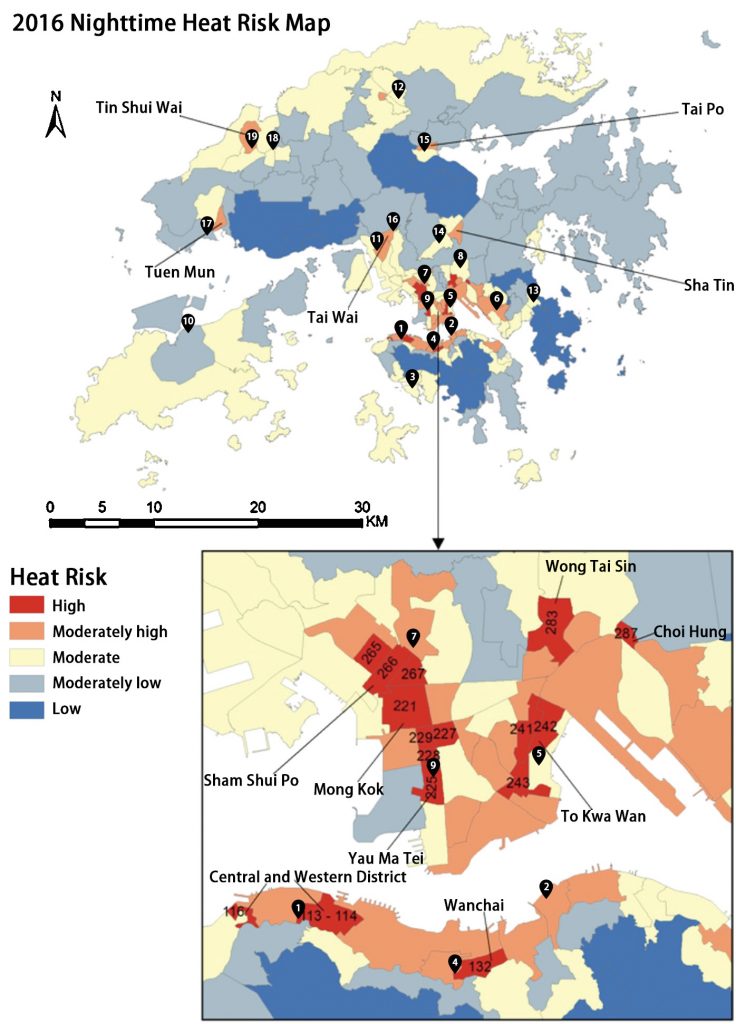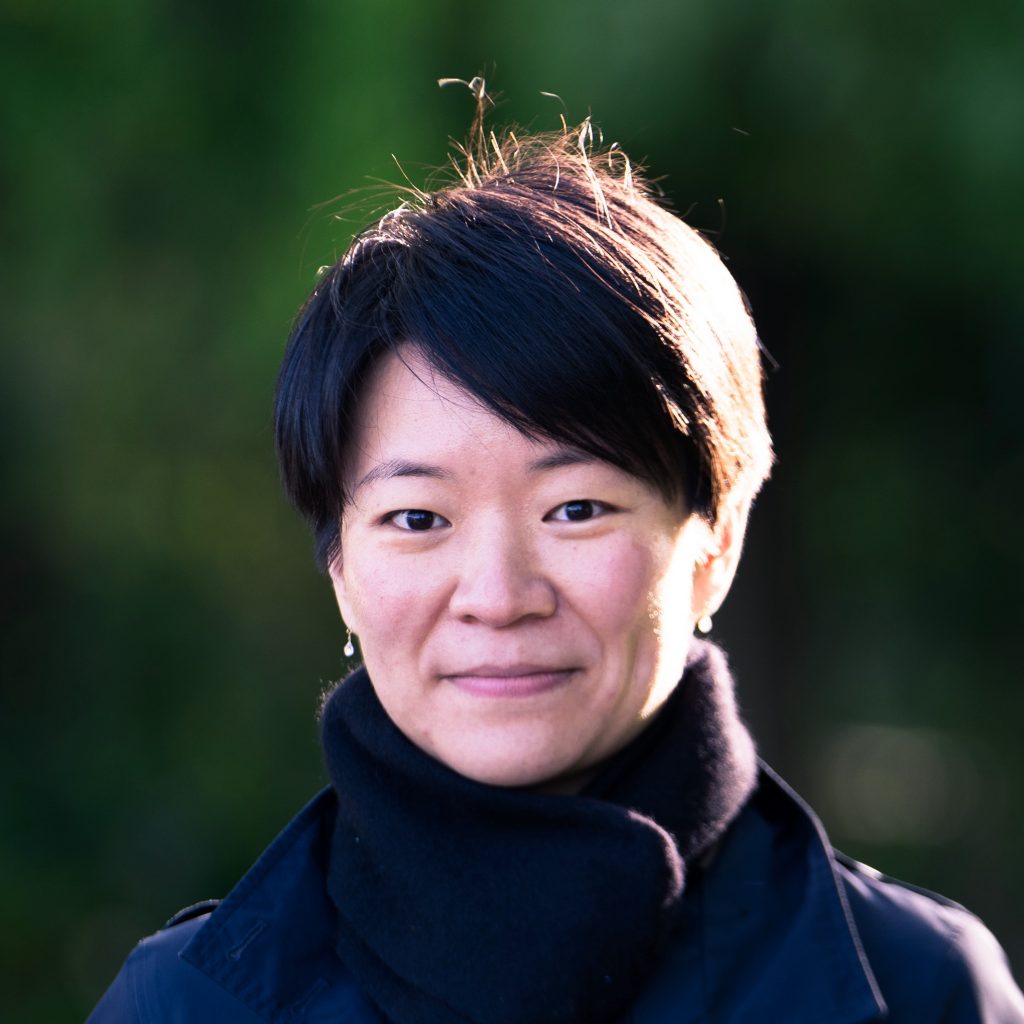November 2023 | Volume 25 No. 1
Weathering Extremes
Listen to this article:
Very hot weather is on the increase worldwide, challenging existing mechanisms for dealing with these events, as numerous recent disasters have revealed. Hong Kong is no exception. The city experienced its hottest summer on record this year and high temperatures posed a health risk to vulnerable groups such as the elderly. Yet, as research by Dr Chao Ren, Associate Professor of the Faculty of Architecture has shown, government facilities offering cool shelter are not matching up with the worst-affected areas of the city.
Dr Ren specialises in applied climatology and climate responsive design and has been working with the Intergovernmental Panel on Climate Change, World Meteorological Association (WMO), World Health Organization (WHO) and Hong Kong and national authorities to assess the impacts and responses to climate change at the urban level.
“Consecutive hot nights are a silent killer in Hong Kong, more than hot days, and we will have more and more of them. So how can we make our society ready for this and make the government aware that climate change adaptation and city resilience are a big issue they have to tackle, beyond reducing carbon emissions?” she said.
For Dr Ren, the answer starts with better information. As an architect, she has increasingly moved her focus from the built environment to the bigger picture of how it interacts with climate change and human health and how to build better resilience into urban planning.

A nighttime heat risk map in 2016 detailing the locations of the 19 heat shelters around Hong Kong. It shows that some hot spots with a high risk at nighttime such as Mong Kok and Choi Hung do not have any shelters.
SARS origins
Her work in this field began, surprisingly, in the wake of the SARS epidemic in 2003. The virus was found to have travelled between the floors of buildings and between buildings, and one of the causes was poor ventilation. Dr Ren, a young academic at the time, became involved in a government-commissioned study to devise an urban climate map of the city and identify resources such as seaside breezes and cooling hillside air. This ultimately led to a government requirement that new development plans consider these pathways, as well as the adoption of a new term, ‘non-building area’, to forbid development in areas critical for urban ventilation.
The segue from ventilation to the urban heat effect was a natural one because both are impacted by the built environment. It has been the main focus of her activity over the past decade. Singapore and cities in such places as Europe and Taiwan have sought her expertise on urban ventilation and urban heat island effect. Dr Ren also wrote a book targeted at cities in Mainland China, Breathing Cities, that sold out within a year of publication in 2016 and led to her being invited by China’s meteorology administration to help devise guidelines on city wind corridors and technical notes for industry.
But she is also interested in contributing to the longer-term perspective. “It’s not enough that we only consider the current situation. More importantly, we need to factor the future changing climate into our city planning and design,” she said.
Dr Ren is doing this through an ongoing collaboration funded by the Research Impact Fund (RIF) to work with cross-disciplinary experts, multiple government departments and NGOs on extreme weather at the district level.
Hot and cold
So far, they have identified the elderly and women to be most vulnerable to extreme heat and shown the mismatch of heat shelters to areas of need. The research also inspired the Hong Kong Observatory to enhance precautions in 2021 for the elderly and people with chronic medical conditions during hot weather, initiate a new weather warning in 2022 for extremely hot temperatures and define a new extreme hot indicator in 2023.
Dr Ren has also worked with the Hong Kong Green Building Council to raise awareness of the microclimate around buildings, which can aggravate the urban heat effect, and to devise new standards for sustainability and climate risk and resilience for buildings.
The RIF project has been extended to include extremely cold weather, since extremes at both ends of the temperature scale are more likely with climate change. She is also collaborating with the Hong Kong Red Cross and social workers on policies to alleviate urban heat impacts among vulnerable and low-income populations.
Internationally, the WMO has sought Dr Ren’s input on guidelines for integrated weather services, such as improving the resilience of city infrastructure, and for urban climate application studies. She is also a member of the management committee of the Global Heat Health Information Network funded by the WMO and WHO.
“I feel lucky that my research can make a real and meaningful contribution to society and change policy, and has even been recognised at the international level. My future direction will focus more on social justice and city resilience under a changing climate,” she said.
Consecutive hot nights are a silent killer in Hong Kong, more than hot days, and we will have more and more of them.

DR CHAO REN

